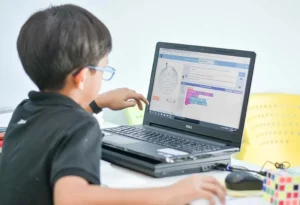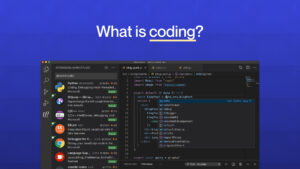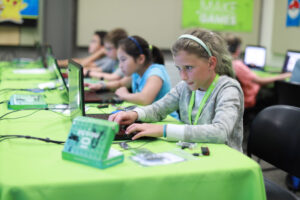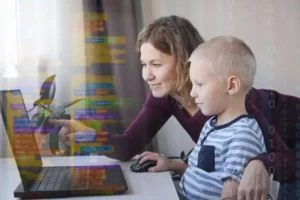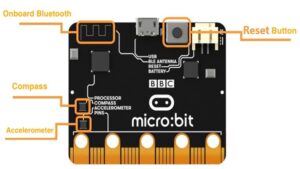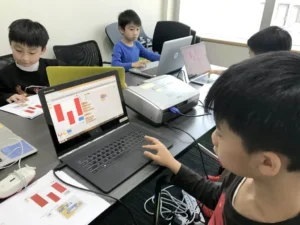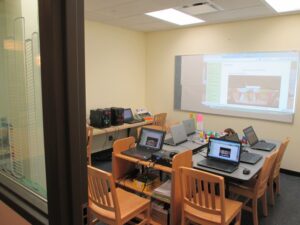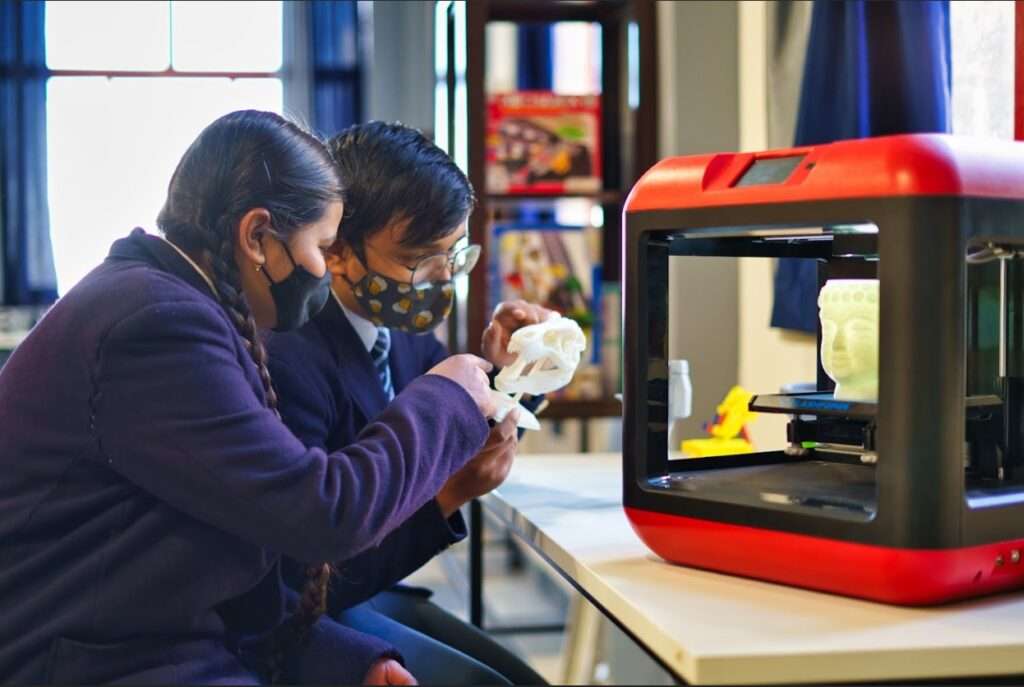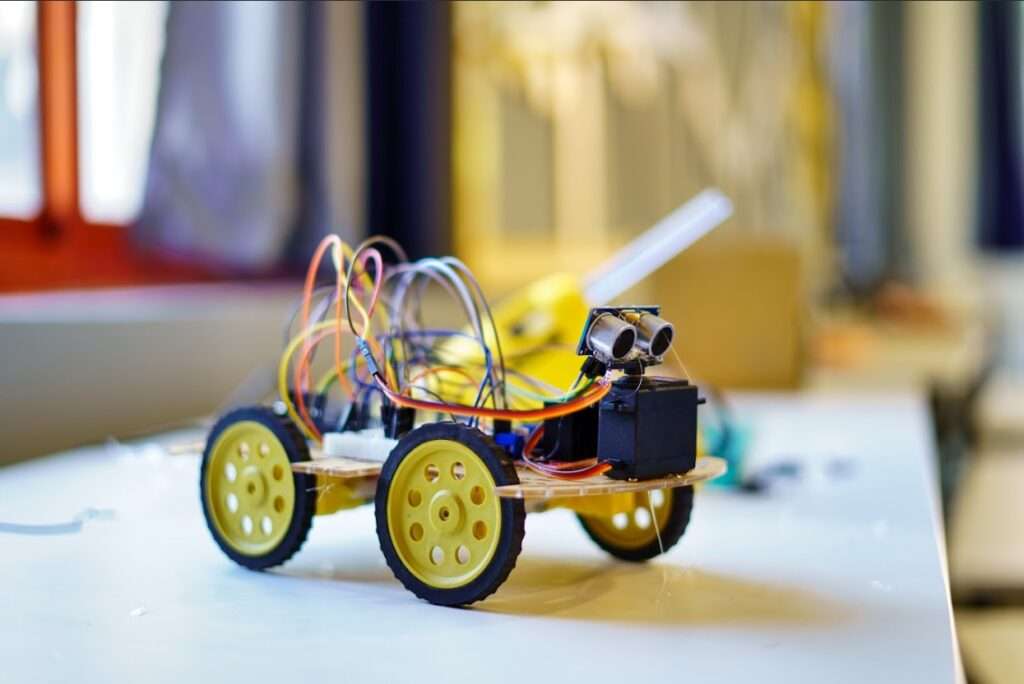The human body is a sophisticated masterpiece, a symphony of bones, organs, and systems that function in perfect harmony. Understanding this complex architecture is more than just a study; it’s an expedition into the wonders of the human body. How can we, as educators, open up this world to our students in ways that will capture their brains and energize their learning journey?
Bone Voyage!
Ready to push the boundaries with Makers’ Muse? Here are some examples-
- 3D Printing of Human Organs: Print 3D Models of organs such as the heart, lungs, or brain. These models can showcase internal structures and aid in understanding their functions and anatomical relationships. Platforms & Tools: Use 3D modeling software like Blender, Tinkercad, or ZBrush to design the organs. Then, employ 3D printers like Ultimaker or Formlabs to print the models.
- Skeleton Model Construction: Construct a 3D model of the human skeleton using 3D printing. This can involve printing and assembling individual bones to create a full-scale anatomically accurate model. Platforms & Tools: Utilize online repositories like Thingiverse where you can find free materials to download and use or NIH 3D Print Exchange for pre-designed skeletal models. Software such as Meshmixer or Fusion 360 can assist in customizing or assembling the parts before printing.
- Virtual Dissection Simulations: Utilize virtual dissection software that allows students to virtually explore and dissect anatomical structures like the heart, brain, or cadaveric specimens.Platforms & Tools: Applications like Complete Anatomy, Visible Body, or ZygoteBody offer detailed virtual models and interactive dissection tools for learning human anatomy. Websites like Thingiverse provide free downloadable materials to use.
- Anatomical Atlas Creation: Create an anatomical atlas comprising 3D models of various body parts and systems. This could include printing models of the digestive system, circulatory system, or individual organs for comprehensive study. Platforms & Tools: Curate models from platforms like Embodi3D or MorphoSource, and then compile them using presentation software like PowerPoint or interactive platforms for educational purposes.

But the benefits go beyond the cool factor. Studies have shown that 3D-printed models enhance spatial understanding, improve test scores, and even boost student engagement. It’s a learning experience that sticks with you long after the textbook pages are closed.
3D Printing is redefining how we learn about the magnificent machinery that is the human body. It’s time to turn the classroom into a laboratory of creation, where every student can be an anatomist, an artist, and an innovator. So, what are you waiting for? Start printing and get your hands dirty (or should I say, “organ-y”) with the coolest anatomy lessons ever!



